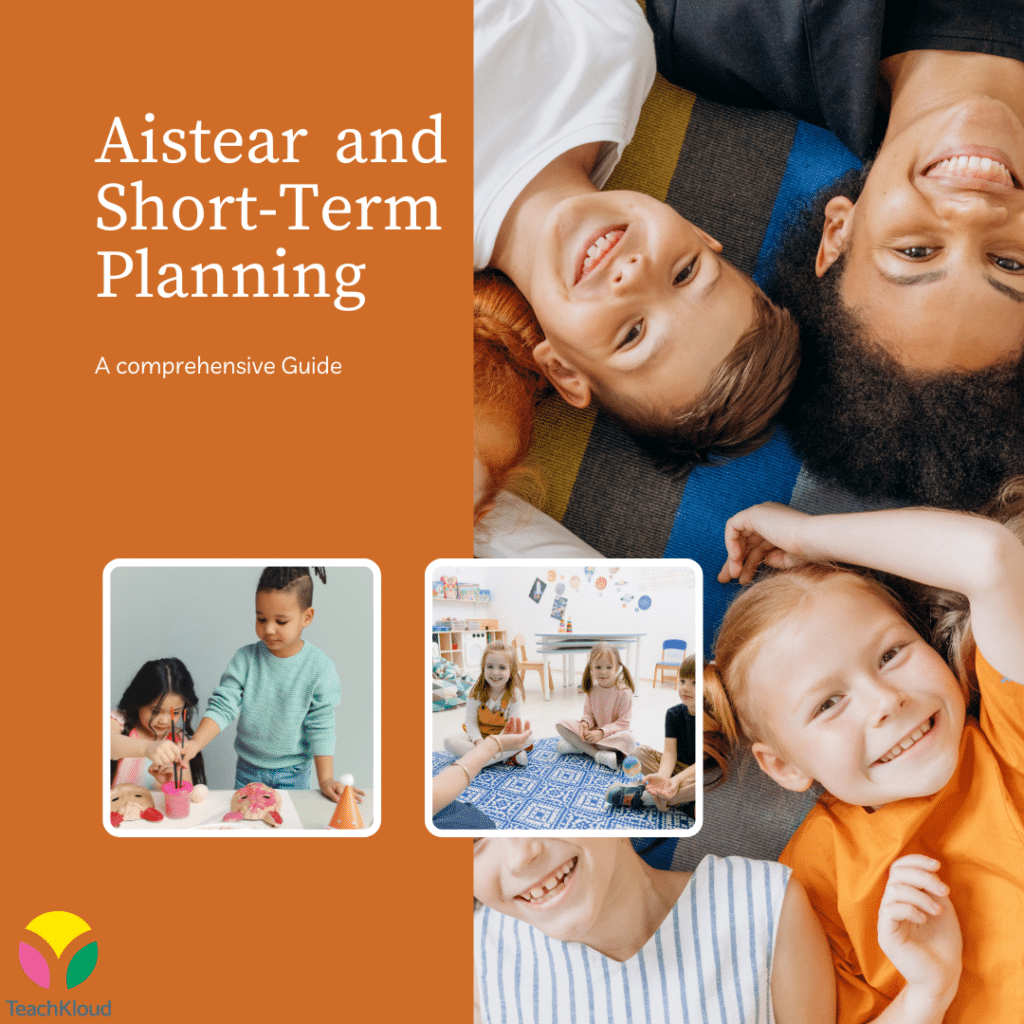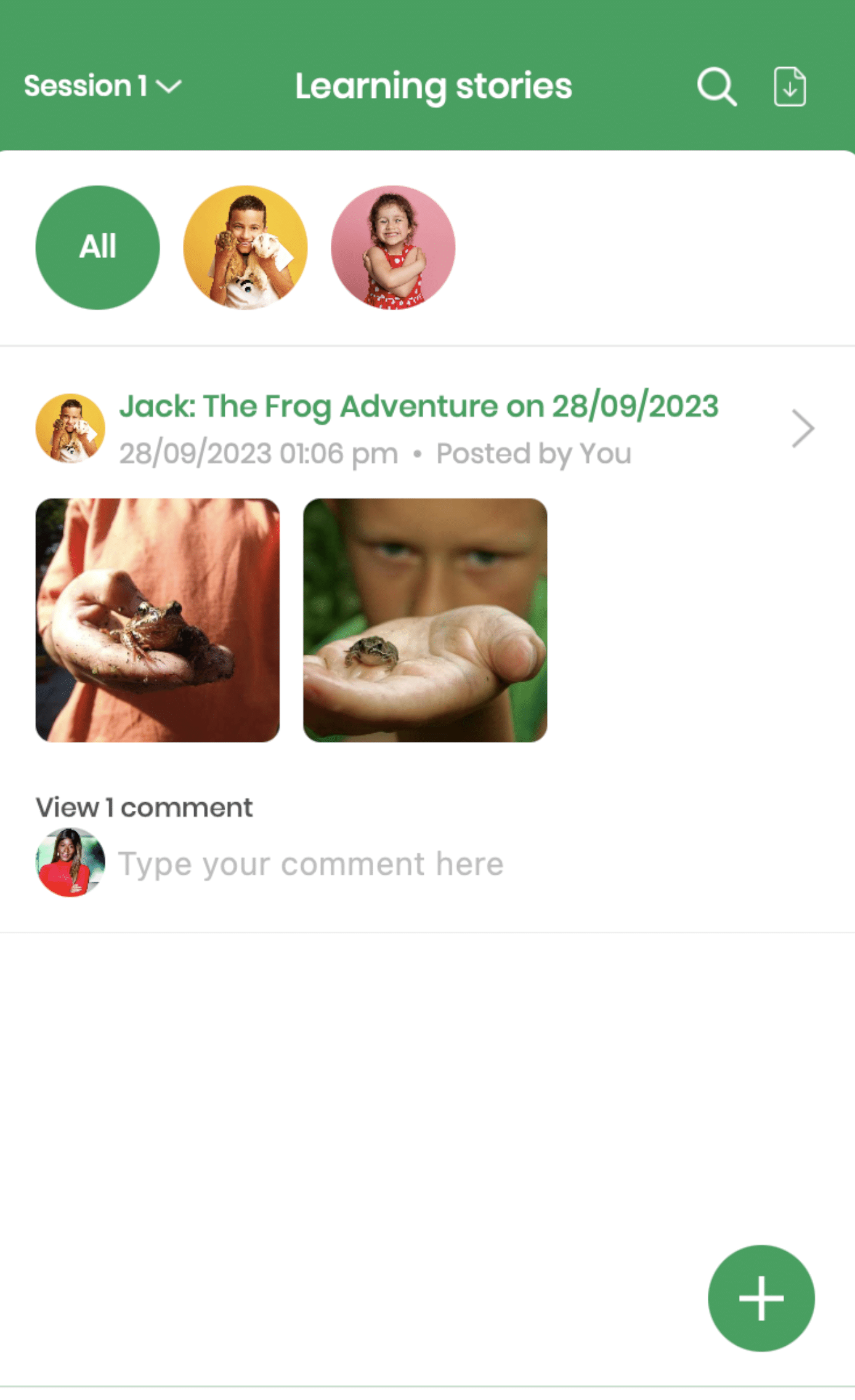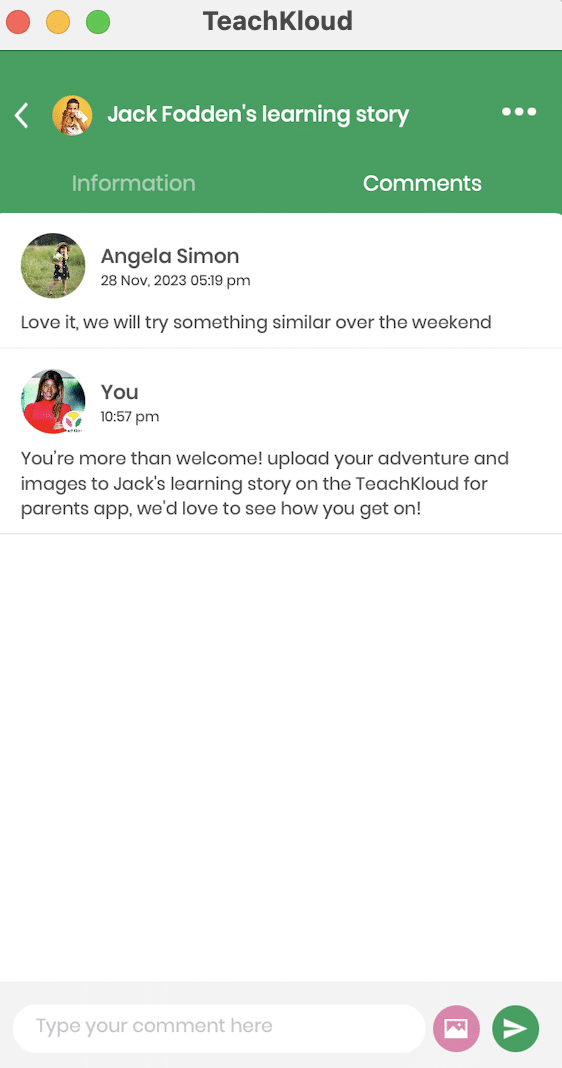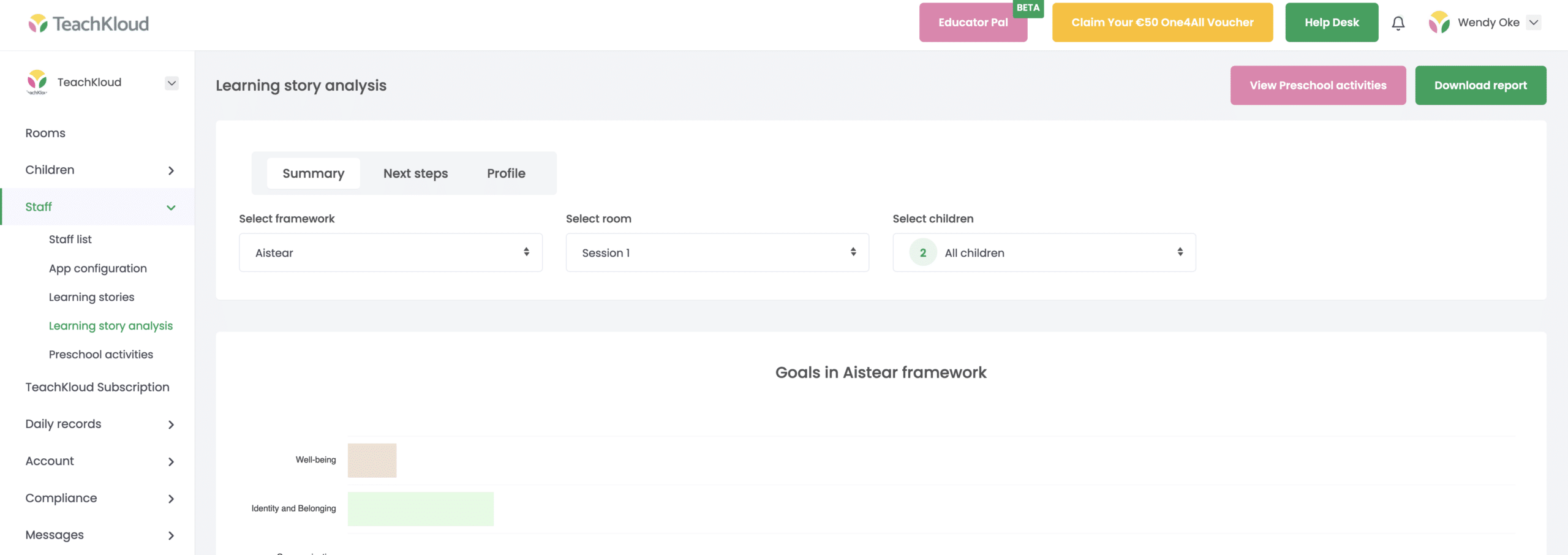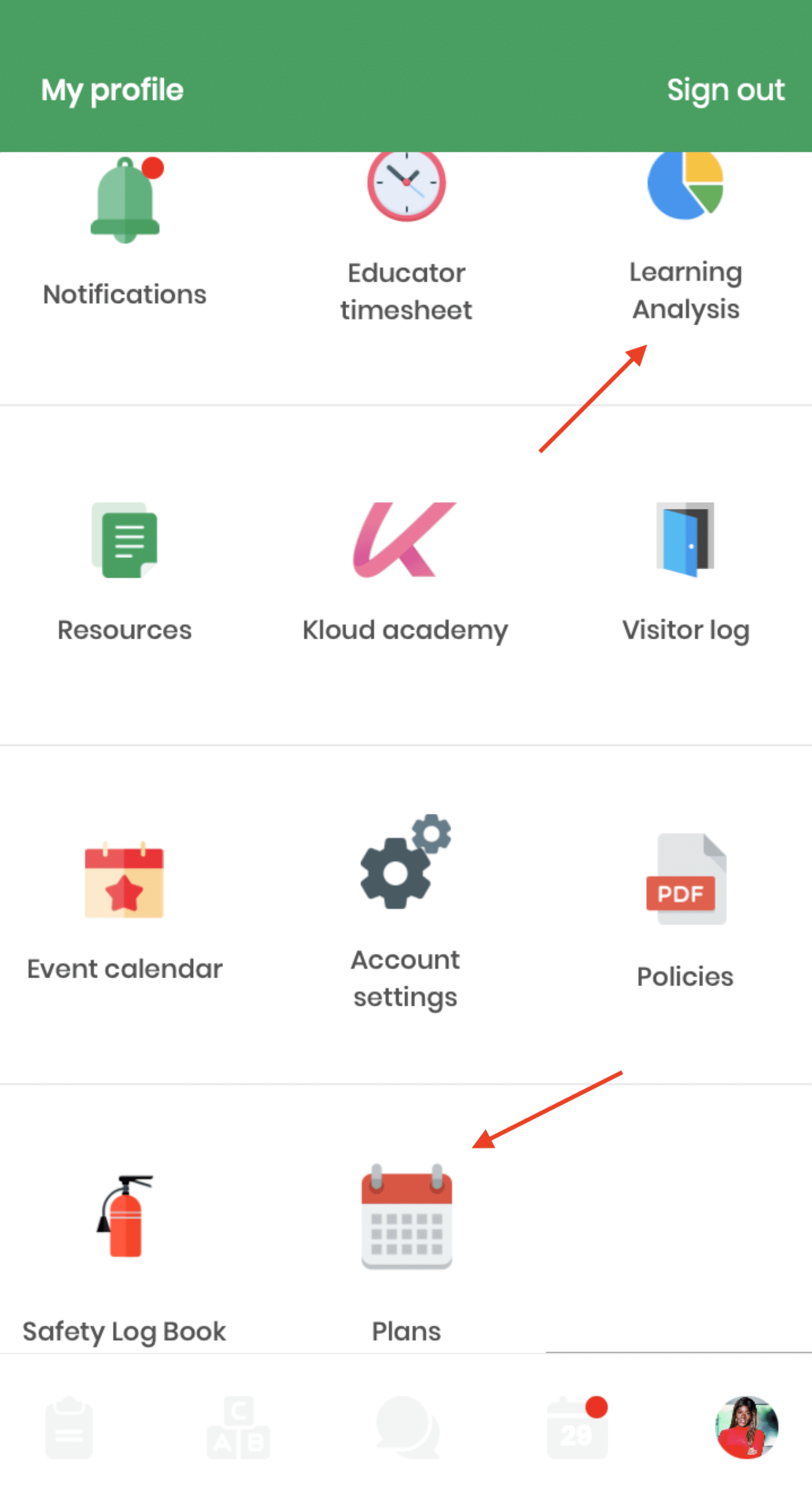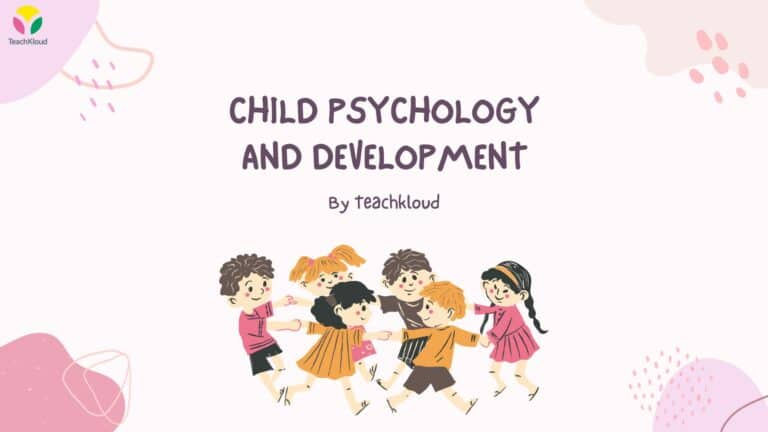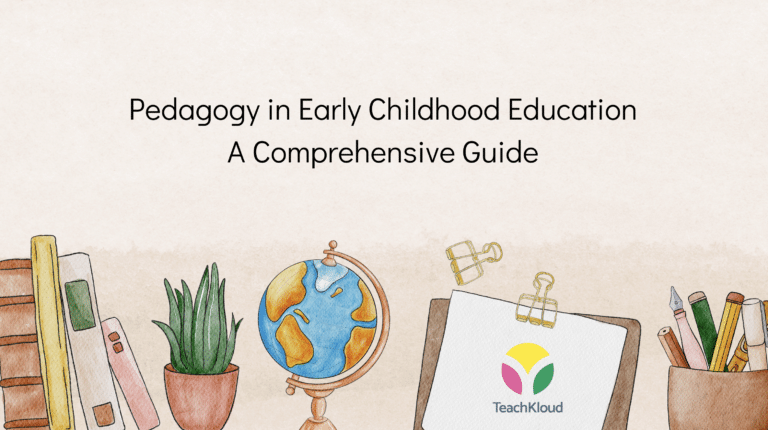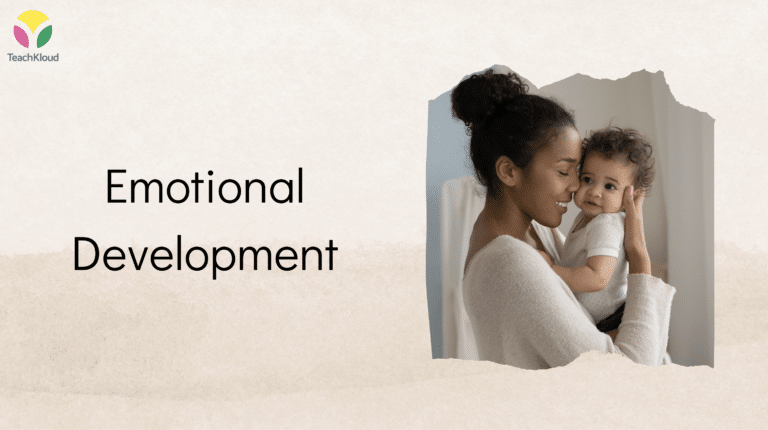Section 1: Understanding Aistear: The Early Childhood Curriculum Framework
Aistear, the national curriculum framework for children from birth to six years in Ireland, is a pioneering approach to early childhood education. It emphasises the crucial role of play, relationships, and communication in children’s learning and development. Aistear’s framework is designed to support children’s well-being, identity and belonging, communicating, and thinking. It advocates for a child-centered, play-based approach, where learning experiences are tailored to the individual needs, interests, and abilities of each child.
The Spectrum of Planning: From Long-Term to Short-Term
In the realm of educational planning, there exists a spectrum. At one end lies long-term planning, which outlines the overarching goals and themes for an extended period. Medium-term planning bridges the gap between long-term objectives and daily activities, often revolving around a weekly or monthly theme. And then, there’s short-term planning – the focus of our discussion and often reviewed during Education-Focused inspections.
Short-Term Planning in Aistear: A Focused Approach
Short-term planning in Aistear is akin to sketching a detailed map for a brief journey. It involves creating plans for a day or a week, focusing on immediate learning objectives and activities. This type of planning is dynamic and flexible, allowing educators to adapt and respond to the emerging interests and needs of children.
The purpose of short-term planning in Aistear is multifaceted:
- Responsive Teaching: It enables educators to be responsive to the spontaneous moments that arise in a child’s day, turning them into rich learning opportunities.
- Child-Centered Learning: Short-term planning revolves around the interests and inquiries of the children, ensuring that their curiosity and enthusiasm drive the learning process.
- Balancing Structure and Spontaneity: While maintaining a sense of structure, short-term planning leaves room for spontaneous and child-led activities, striking a balance between guided learning and free exploration.
Integrating Short-Term Planning within Aistear’s Framework
Short-term planning is not an isolated process but an integral part of Aistear’s holistic approach to early childhood education. It’s where the principles and goals of Aistear come into immediate action. Through short-term planning, educators can implement strategies that align with Aistear’s themes – Well-being, Identity and Belonging, Communicating, and Exploring and Thinking – in a way that’s directly relevant to the children’s current context and experiences.
Section 2: Key Principles of Short-Term Planning and using TeachKloud to Guide You
You might be wondering where to start and how TeachKloud can support you?
Child-Centred Approach
In Aistear’s short-term planning, the child is at the heart of every activity. TeachKloud can facilitate this approach by offering tools for recording and analysing children’s interests and responses. Educators can use the TeachKloud app to note observations and smaller notes, which can then inform the planning of activities that resonate with each child’s current interests and developmental stage.
Flexibility and Responsiveness
Short-term planning must be adaptable, able to pivot based on the children’s evolving needs and interests. TeachKloud supports this flexibility. Our digital platform allows for quick updates and modifications to plans, enabling educators to respond promptly to the dynamic nature of early childhood settings via our plans section on the educator app (in the main dashboard section) AND school interface for management here. Our plans section uses the Aistear template (here) but builds on this with the digitisation and ease of use, further questions and the ability to link to various curricula and frameworks at the touch of a button.
Integrating Family and Community Events
TeachKloud can be instrumental in incorporating family and community events into short-term plans. By facilitating communication between educators and families, the app ensures that significant events in a child’s life are reflected in the planning process, enriching the learning experience. We recommend sharing learning stories with parents, using the app and also enaging with them via the daily records > general comment or disposition section which enables you to send short, WOW moments home. The event calendar, see here, can also be a fantastic way to keep parents in the loop.
Section 3: Practical Steps for Implementing Short-Term Planning
Identifying Children’s Interests
The first step is to identify interests. Using TeachKloud’s emergent interest section in the learning stories or through your chosen method of observation, educators can efficiently track and analyse patterns in children’s play and interactions. This data helps in identifying genuine interests, forming the basis for impactful short-term planning.
Designing Engaging Learning Opportunities
With insights gained from TeachKloud, educators can design activities that are not only engaging but also educationally valuable. The app has several resource libraries can be a source of inspiration for activities that align with Aistear’s themes. For example, we offer open-ended learning opportunity masterclass, which shows you specific materials that can be used, when and how here. We also offer video masterclasses on incorporating loose parts play, which can be aligned with the interests of the children in your specific setting, open-ended learning opportunities, getting the most out of your observation and assessment process and access to Educator Pal:
- Professional Development Masterclass Video on Loose Parts here.
- Professional Development Masterclass Video on Creating Open-ended Opportunities here
- Professional Development Masterclass Video on Documenting, reflecting and observing to support children’s development here
- Educator pal is an amazing resource, as it creates sample learning opportunities, which again, should edited to align with the children’s interests, dispositions etc
Incorporating Aistear’s Learning Goals
TeachKloud simplifies the process of aligning activities with Aistear’s learning goals. The app provides a framework for ensuring that each activity addresses specific developmental areas, making the planning process more streamlined and effective.
Section 4: Documenting and Assessing Children’s Learning
In Aistear’s short-term planning, documenting children’s learning is crucial. TeachKloud offers a convenient platform for recording observations, photographs, and notes, creating a comprehensive record of each child’s learning journey. TeachKloud enables a variety of documentation methods, from photo uploads to anecdotal notes (via the general comment section). This multifaceted approach ensures a thorough record of children’s experiences and learning outcomes.
Using Documentation for Future Planning
The comprehensive data collected via TeachKloud assists in assessing children’s progress and planning future activities. It ensures that the learning experiences are continually evolving and tailored to each child’s developmental journey. This is why TeachKloud developed our learning story analysis section. This section anlyses all learning stories, curriculum and framework goals selected per group and individual child, to show you what areas have been observed/not observed,next steps and the ability to create group and individual assessment forms. These can all be downloaded as a summary to share with parents or to support the transition of children into primary school or different settings.
In summary, Aistear’s short-term planning, documenting children’s learning is pivotal. It provides a record of their experiences, growth, and responses to various activities. TeachKloud offers a streamlined and effective platform for this documentation. It enables educators to capture and store observations, photos, and notes in real time, creating a comprehensive digital portfolio for each child.
Methods of Documenting Learning with TeachKloud
TeachKloud supports various methods of documentation, catering to the diverse needs of early childhood education settings.
- Photographic Evidence: Educators can upload photos directly to the app, capturing moments of engagement and learning. These photos can be annotated with notes, providing context and insights into the learning process.
- Anecdotal Records: TeachKloud allows for the easy entry of anecdotal notes (general comment and dispositions), capturing spontaneous moments of learning and interaction that may not be evident in photographs.
- Learning Journeys: By compiling observations, photos, and notes, TeachKloud helps educators create ‘learning journeys’ for each child, showcasing their progress and experiences over time.
Using Documentation for Assessment and Future Planning
The rich documentation collected via TeachKloud is not just a record of past activities but a tool for future planning.
- Assessment of Learning: TeachKloud’s documentation can be used to assess children’s development and learning in line with Aistear’s themes and goals. Educators can track progress, identify areas of strength, and areas needing further development.
- Informing Future Activities: Insights gained from the documentation help in tailoring future activities to better meet the children’s needs and interests. TeachKloud’s interface allows educators to review past activities and outcomes, facilitating informed decision-making for future planning.
Reflecting on Practices and Continuous Improvement
TeachKloud also serves as a reflective tool for educators. By reviewing the documentation, educators can reflect on their practices, the effectiveness of the activities, and the children’s responses. This reflection is crucial for continuous improvement in teaching methodologies and short-term planning strategies.
Parental Involvement and Communication
In addition to its use in the classroom, TeachKloud enhances communication with parents. By sharing documentation through the app, educators can provide parents with insights into their child’s learning and development. This fosters a stronger partnership between home and the educational setting, crucial for a holistic approach to early childhood education.
Looking to use TeachKloud more effectively or maybe you’re not using TeachKloud but would like to start? Email hello@teachkloud.com or use the green live chat button on our website, we’d be happy to help!
Section 4: Challenges and Solutions in Short-Term Planning
Common Challenges in Short-Term Planning
Short-term planning, while flexible and responsive, comes with its own set of challenges in the context of early childhood education.
- Adapting to Rapidly Changing Interests: Children’s interests can change quickly, making it challenging for educators to keep up with and reflect these changes in their planning
- Balancing Individual Needs with Group Dynamics: Catering to individual children’s needs while ensuring activities are suitable for the entire group can be complex.
- Integrating Spontaneous Opportunities: Incorporating unplanned, spontaneous learning opportunities while maintaining a structured plan requires a delicate balance.
- Time Constraints: Developing and adjusting plans on a short-term basis can be time-consuming, especially in a busy educational setting.
Strategies for Overcoming Challenges
To address these challenges, educators can employ a range of strategies:
- Flexible Planning: Adopt a flexible approach to planning, allowing room for adjustment based on children’s changing interests. Plans should be viewed as a guide rather than a strict schedule (editing with TeachKloud is easy, no need to re-print – see more here)
- Observation and Reflection: Regular observation and reflection are key. This helps in understanding each child’s interests and how group dynamics evolve, informing more effective planning.
- Collaborative Planning: Involving children in the planning process can provide valuable insights into their interests and preferences, making activities more engaging and relevant.
- Time Management: Allocate specific times for planning and reviewing activities. Using digitised templates on TeachKloud or standard formats can streamline the planning process.
Balancing Structure with Flexibility
Achieving a balance between structure and flexibility is crucial in short-term planning:
- Structured Flexibility: Establish a basic structure for the day but allow flexibility within that structure. For example, having set times for certain types of activities but varying the specific activities based on children’s interests.
- Responsive Environment: Create an environment that is responsive to children’s needs. This might involve having a variety of resources available that can be used in multiple ways depending on the direction of the children’s play and learning.
Ensuring Alignment with Aistear’s Themes and Learning Goals
Aligning learning opportunities with Aistear’s themes and learning goals while addressing the immediate interests of children requires:
- Integration of Themes: Integrate Aistear’s themes into a variety of activities. This ensures that, regardless of the specific activity, children are exposed to a broad range of learning opportunities.
- Goal-Oriented Activities: Design learning opportunities with specific learning goals in mind. This helps in ensuring that, even though the activities are flexible and child-led, they are still contributing to the children’s overall development and learning. You can use Educator Pal on TeachKloud to support you with this and draw inspiration or our on-demand videos on learning opportunities and loose parts
- Regular Review: Regularly review activities against Aistear’s goals to ensure that all areas of learning are being covered over time.
In conclusion, the guidance provided in this discussion on short-term planning within Aistear’s framework serves as advice to support and enhance the practices of early childhood educators. It is important to recognize that the effective implementation of short-term planning, especially when integrated with tools like TeachKloud, should be grounded in the professional knowledge and judgment of the educator.
Each educational setting is unique, and educators are best placed to understand the specific needs, interests, and dynamics of their environment. When using TeachKloud for short-term planning, it is crucial that educators draw upon their professional expertise, considering factors such as the best interests of the child, their individual dispositions, and emergent interests.
The strategies and approaches discussed should be adapted and applied in a manner that aligns with the ethos of the setting, the requirements of the curriculum, and most importantly, the well-being and development of the children. In essence, while TeachKloud and the principles of Aistear provide a robust framework and a set of tools, the art of effective short-term planning lies in the skilled, thoughtful, and responsive application of these resources by educators.
Ultimately, the goal is to create a nurturing, engaging, and stimulating learning environment where each child can thrive and develop, guided by the informed and considerate decisions of their educators.
Looking to use TeachKloud more effectively or maybe you’re not using TeachKloud but would like to start? Email hello@teachkloud.com or use the green live chat button on our website, we’d be happy to help!
